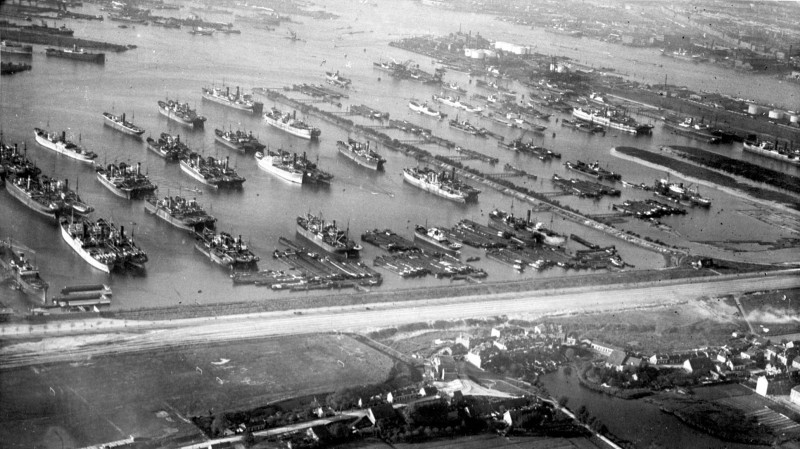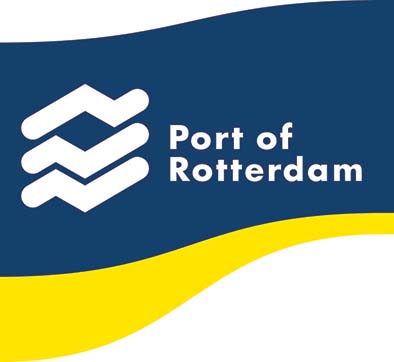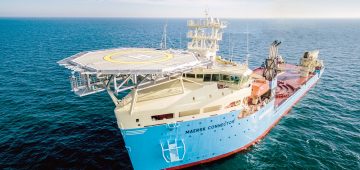
 Rotterdam is the largest and busiest seaport in Europe, and the eighth biggest in the world after Shanghai, Ningbo/Zhoushan, Singapore, Tianjin, Tangshan, Guangzhou and Qingdao. It stretches for almost forty kilometres from the city centre to the leading shipping channels in the North Sea. It has a turnover of E600 million, and gives employment directly to 1,100 people and many more indirectly. Goods traffic amounts to 450 million tonnes of imports and exports, and approximately 34,000 deep sea vessels and 110,000 inland river craft call at Rotterdam each year. The Port of Rotterdam is also known as Europoort (Eurogate), and is well named as ‘Europe’s port’. The port area comprises 10,500 hectares of which 3,500 hectares are water, 5,000 hectares are commercial docks, mills, plants and businesses, and 2,000 hectares are railways, roads and service areas. The port is owned 30% by the Dutch government and 70% by the Municipality of Rotterdam.
Rotterdam is the largest and busiest seaport in Europe, and the eighth biggest in the world after Shanghai, Ningbo/Zhoushan, Singapore, Tianjin, Tangshan, Guangzhou and Qingdao. It stretches for almost forty kilometres from the city centre to the leading shipping channels in the North Sea. It has a turnover of E600 million, and gives employment directly to 1,100 people and many more indirectly. Goods traffic amounts to 450 million tonnes of imports and exports, and approximately 34,000 deep sea vessels and 110,000 inland river craft call at Rotterdam each year. The Port of Rotterdam is also known as Europoort (Eurogate), and is well named as ‘Europe’s port’. The port area comprises 10,500 hectares of which 3,500 hectares are water, 5,000 hectares are commercial docks, mills, plants and businesses, and 2,000 hectares are railways, roads and service areas. The port is owned 30% by the Dutch government and 70% by the Municipality of Rotterdam.

Rotterdam is now the premier container ship hub in Europe in competition with Hamburg, Bremerhaven and Antwerp. Feeder container ships, in the size range from one thousand to three thousand TEU, move containers around the North Sea to smaller ports. Container throughput has risen at around eight percent per year from 4.2 million TEU in 1994 to 9.3 million TEU in 2005 and 12.1 million TEU in 2015. Rotterdam is also a very big transhipment port, with for example coal arriving in Capesize bulkers from Australia for distribution by river coaster or barge to its final client in the Ruhr. Much of the great importance of Rotterdam is due to being near to the heart of the industrialised German Ruhr triangle district, with big river traffic to German and Swiss ports on the Rhine. Rotterdam also has five big and important oil refineries e.g. the Pernis refinery of Shell, to refine the very large amounts of crude oil that arrive by sea, and for distribution of oil products to all of the surrounding countries. The Pernis oil refinery is one of the biggest in the world, operating non-stop every day to produce hundreds of oil products. A very strong increase of 30% was experienced in 2015 in the import of crude oil and the export of petroleum products.
Subscribe today to read the full article!
Simply click below to subscribe and not only read the full article instantly, but gain unparalleled access to the specialist magazine for shipping enthusiasts.






Comments
Sorry, comments are closed for this item